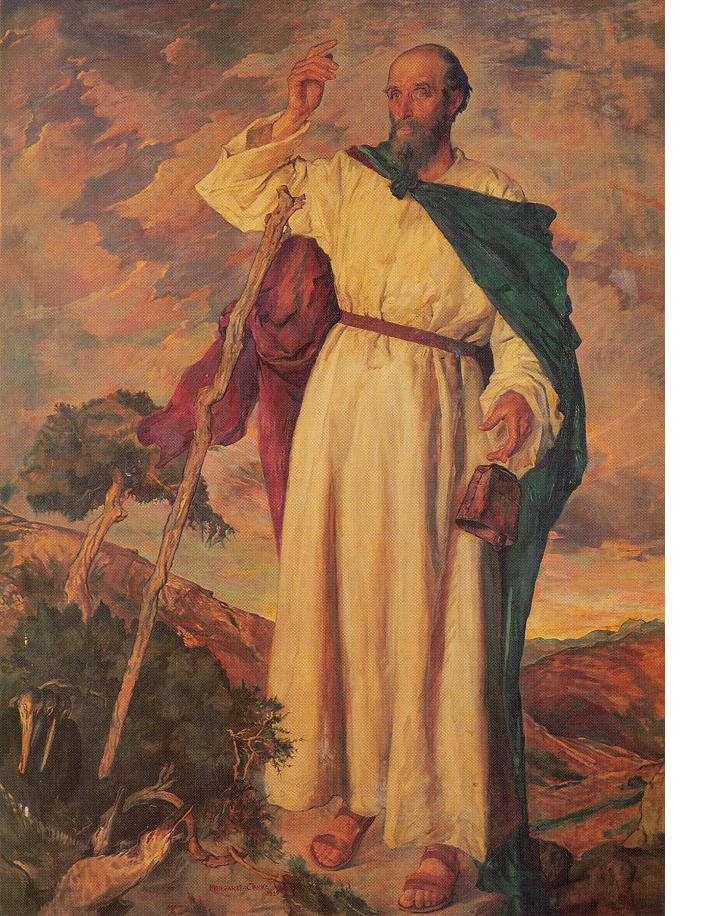
Patrick (Patricius) was a 5th century British missionary and disciple-maker. He was one of the first great missionaries who took the gospel beyond the borders of the Roman world. This is often forgotten in our celebrations of the patron saint of Ireland. This St. Patrick’s Day, go beyond the green bling. Stop and think about the man Patrick, who he really was.
Most of what we know of his life comes from his Confession, his hymn, and his Letter to the Soldiers of Coroticus. He was a rich, privileged boy who lived on the coast of Roman Britain. He was raised in a Christian home, but was only a nominal Christian.
At age 16 his serene world fell apart. He was captured by pirates on a raiding party, taken to Ireland and sold as a slave to a Druid tribal chieftain.
There was little Christianity in Ireland at the time. The Irish were largely pagan—steeped in Druidism. The Druids worshipped many spirits in the guise of stones, trees, storms, the sun and the stars. A brutal people, they were known to weave criminals and runaway slaves into giant wicker baskets and suspend them over a fire to roast them alive. Slavery and human sacrifice were not uncommon practices.
During his six years as a slave in Ireland Patrick committed his life to Christ. He escaped to France where he trained for ministry and became a monk. While in the solitude of a monastery, he heard God’s call to “go make disciples of all nations,” and specifically to go back to Ireland. In 432 AD, at the age of 45, Patrick returned to Ireland as a Christian missionary in obedience to God’s call. He went to evangelize his former tormentors.
Patrick faced his most serious opposition from the magic of the Druids (which he believed was very real) and the might of the Irish warlords. Many of them wanted to kill Patrick because he and his Christ threatened their enterprise. Patrick wrote, “Daily I expect murder, fraud, or captivity, but I fear none of these things because of the promises of heaven. I have cast myself into the hands of God almighty who rules everywhere.” With such a bold faith, he took many risks for the gospel.
Patrick spent his remaining life in Ireland preaching, teaching and baptizing. His method was to work for the evangelization of Ireland’s tribal kings, then train their sons and daughters. After training his new disciples he would set up churches or monasteries to act as missionary stations. Before leaving them Patrick would appoint deacons, priests and bishops, and leave them a compendium of Christian doctrine.
Estimates are that he and his team baptized over 120,000 people during his 31 year ministry, and that over 300 churches were planted in his wake. Through his influence hundreds of Celtic monks left Ireland to take the gospel to England, Scotland, and Europe.
Patrick’s mission work had a profound effect on the behavior of the Irish people. Through the churches and monasteries he established he encouraged the education of the Irish people. He also greatly influenced the elimination of Irish slavery and the discontinuation of human sacrifice.
It is not just the Irish who should celebrate St. Patrick’s Day, but also Christians—especially those who believe in Christ’s commission to make whole hearted disciples of all nations.
(For more information on St. Patrick see Christian History Magazine, Issue 60 on “How the Irish Were Saved” and Michael A. G. Haykin, Patrick of Ireland)
